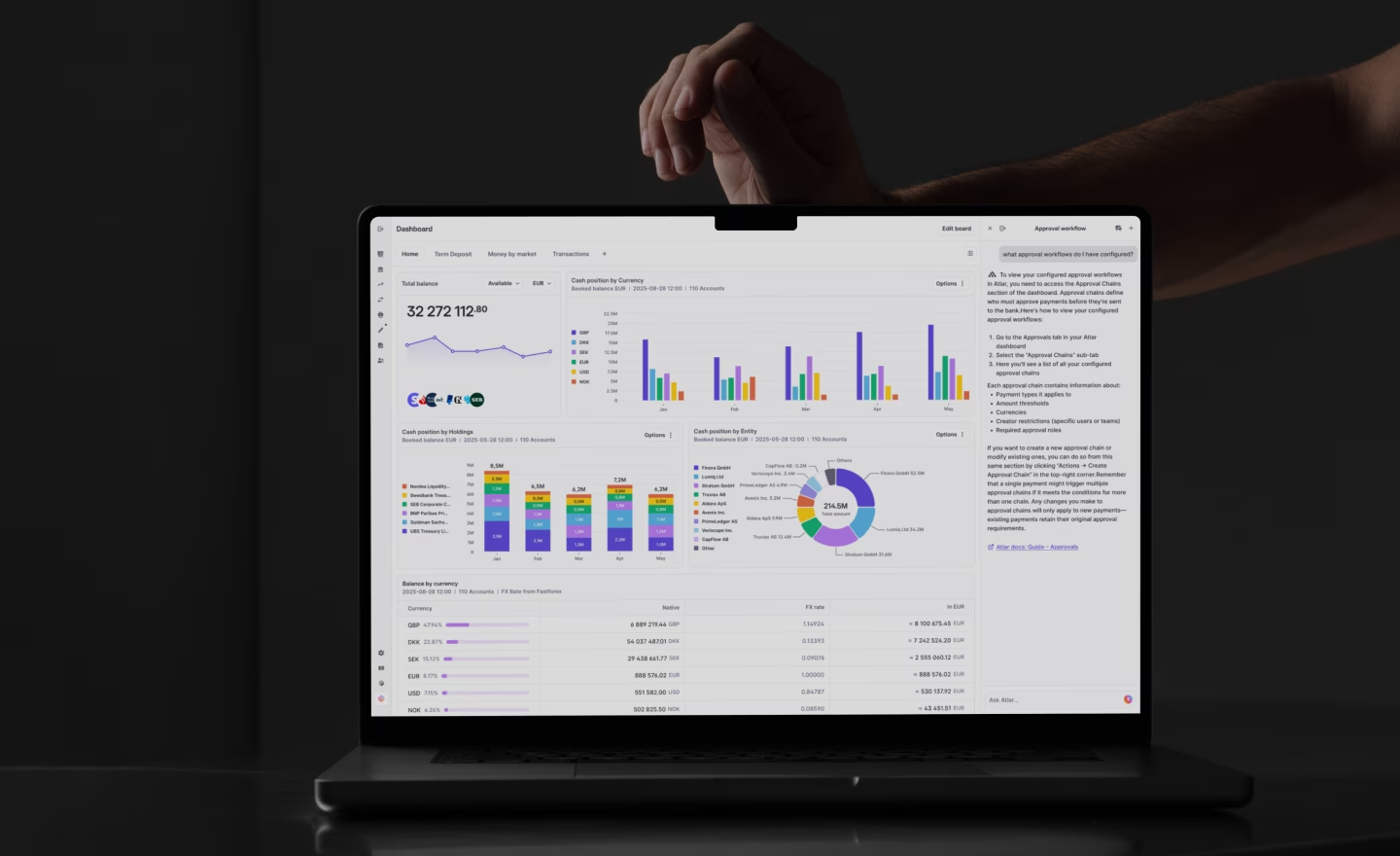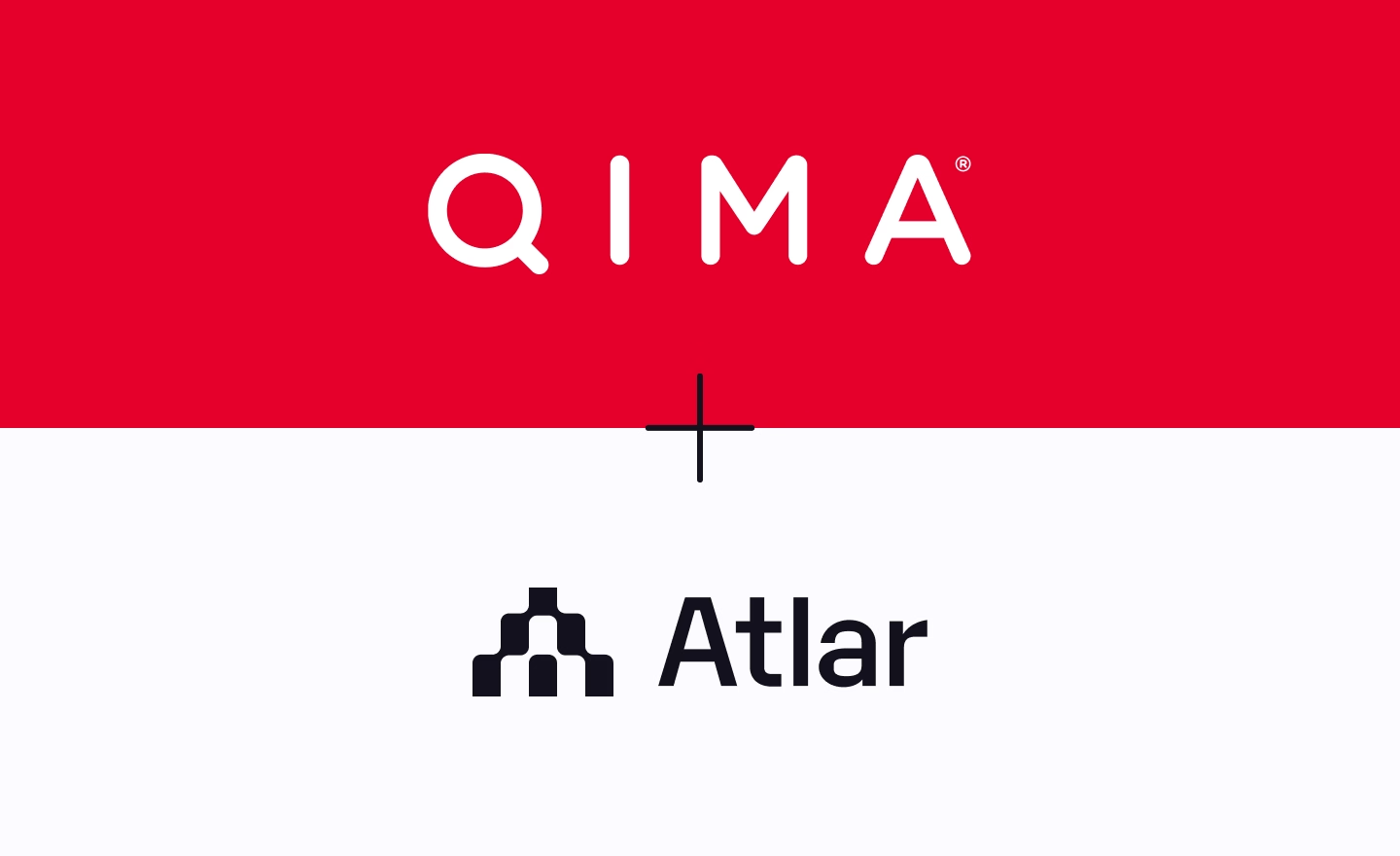
Why Liquidity Planning is Back on Every Treasury Team's Radar
In the first few months of 2025, one thing has become clear: treasury teams are being pulled in more directions, with fewer certainties.
Tariffs are back on the table. Trade deals are being renegotiated. Volatility in currency and commodity markets is creeping back up. And inflation — though less chaotic than in 2022 — is still stubborn, pushing up the cost of debt and making financing harder to come by.
In short, cash is tight, and the outlook is murky. That puts liquidity planning squarely back on the agenda.
A changing macro landscape, and what it means for treasury
From FX volatility to rising debt costs, finance and treasury teams are facing a more complex and less predictable operating environment than they’ve seen in years. In conversations with customers and partners, a few themes keep coming up:
- Trade disruptions and tariff policies are fuelling uncertainty in global supply chains and contributing to sharp moves in both currency and commodity markets.
- Foreign exchange exposure is harder to hedge and more expensive to manage, especially for multinational companies with cash and revenue spread across volatile currencies.
- Supply chain instability is leading to longer lead times, reduced inventory reliability, and more working capital tied up in the cycle.
- Working capital strategies are under review. Companies are looking at every lever — from renegotiating payment terms and accelerating collections to delaying supplier payments. For more on this, read our guide to AP management.
- Counterparty risk is rising. Many teams are reviewing credit exposure to key suppliers and customers, particularly those in at-risk sectors or geographies.
- Inflation and elevated interest rates are pushing up the cost of capital, driving renewed scrutiny of debt levels, maturities, and refinancing plans.
- Liquidity and scenario planning are front and centre. Boards and CFOs want confidence that the company is resilient — and that treasurers have a plan if the outlook turns.
At the centre of all these concerns is one tool: the short-term cash flow forecast.

A 13-week forecast is more than a report — it's a planning tool
The 13-week cash flow forecast is widely used because it strikes a balance: short enough to be reasonably accurate, long enough to be meaningful. It covers a full quarter, which aligns well with most reporting cycles and gives management, investors, and lenders a reliable view of the near-term outlook.
Here’s what makes it effective:
- Reliable, accurate insights: A 13-week horizon lets you combine historical data with expected transactions to create a clear view of your liquidity position — without relying on distant, uncertain projections.
- Week-by-week visibility: The structure is typically weekly rather than monthly, giving you four times the granularity of a traditional financial plan. Some teams even layer in daily or transaction-level data, depending on tooling.
- Planning at an operational level: This granularity means forecasts can directly inform treasury decisions — from when to pay suppliers, to when to draw on a credit facility, to whether to delay a loan repayment.
- Early warning for liquidity risk: A 13-week range is long enough to flag upcoming shortfalls but still short enough to take corrective action — whether that’s drawing on financing, delaying non-critical spending, or arranging intercompany transfers.
It’s not a one-size-fits-all model — companies with very short-term or long-term planning needs may use other forecasting cadences. But for most, the 13-week model is the foundation of a modern liquidity management strategy.
Our earlier post — ‘The ultimate guide to the 13-week cash flow forecast’ — includes a step-by-step how-to for setting up a forecast from scratch.
Scenario planning: where the real value lies
A forecast is only as useful as the decisions it enables. In volatile conditions, that means building flexibility into the model — and that’s where scenario planning comes in.
A well-structured forecast should allow you to model different outcomes based on key assumptions:
- A base case showing expected inflows and outflows
- A downside scenario that accounts for risk events, like payment delays or revenue drops
- An upside scenario to explore the impact of improved cash conversion, sales, or funding
The goal isn’t to be right — it’s to be ready. Scenario planning gives treasury leaders a framework to understand risk, evaluate trade-offs, and take action early. It’s also essential for communicating with CFOs, boards, and lenders, who want clarity on best- and worst-case trajectories.
To learn more, explore Atlar's cash flow planning feature page.

What separates good forecasting from great forecasting
The mechanics of forecasting are only half the battle — the other half is building a process you can trust and maintain.
Most teams still manage forecasts in spreadsheets — and for some, that’s fine. But the complexity adds up fast: multiple banks, currencies, business units, payment types, and data sources.
That’s where tooling starts to matter. Treasury teams that are getting the most out of their forecasts are doing a few things differently:
- Automating actuals: Connecting live bank and ERP data to keep forecasts current without hours of manual updates. Our bank-ERP connectivity guide covers this in detail.
- Linking forecasts to daily cash positioning: So they’re not just projecting, but aligning forecasts with operational reality. For more on this, read our guide to cash positioning.
- Refreshing scenarios weekly: To stay responsive to real-world changes — not just revisiting plans once a month.
- Collaborating across functions: Great forecasts reflect input from AP, AR, sales, and procurement — not just treasury.
Ultimately, the best forecasting setups give you confidence. Confidence that your inputs are solid, that your risks are understood, and that your team can act on the numbers, not just report them.
Why this matters more in 2025
Liquidity planning isn’t just a treasury concern right now — it’s a company-wide priority. If the cost of capital is rising, financing is harder to secure, and counterparties are facing financial stress, knowing your position week to week becomes a competitive advantage.
Forecasting is the foundation. Get that right, and you’re in a much stronger place to respond to whatever comes next.
See how Atlar can help
Want to automate your cash flow forecasts — and plan for every scenario? Explore our cash flow planning tools to see how Atlar helps teams model scenarios, run variance analysis, and maintain real-time visibility into future liquidity.
Alternatively, book a demo with our team of experts to see Atlar’s forecasting features in action for yourself.

You can unsubscribe anytime.
Most recent

See Atlar in action.
Enter your work email to watch a live product demo.








